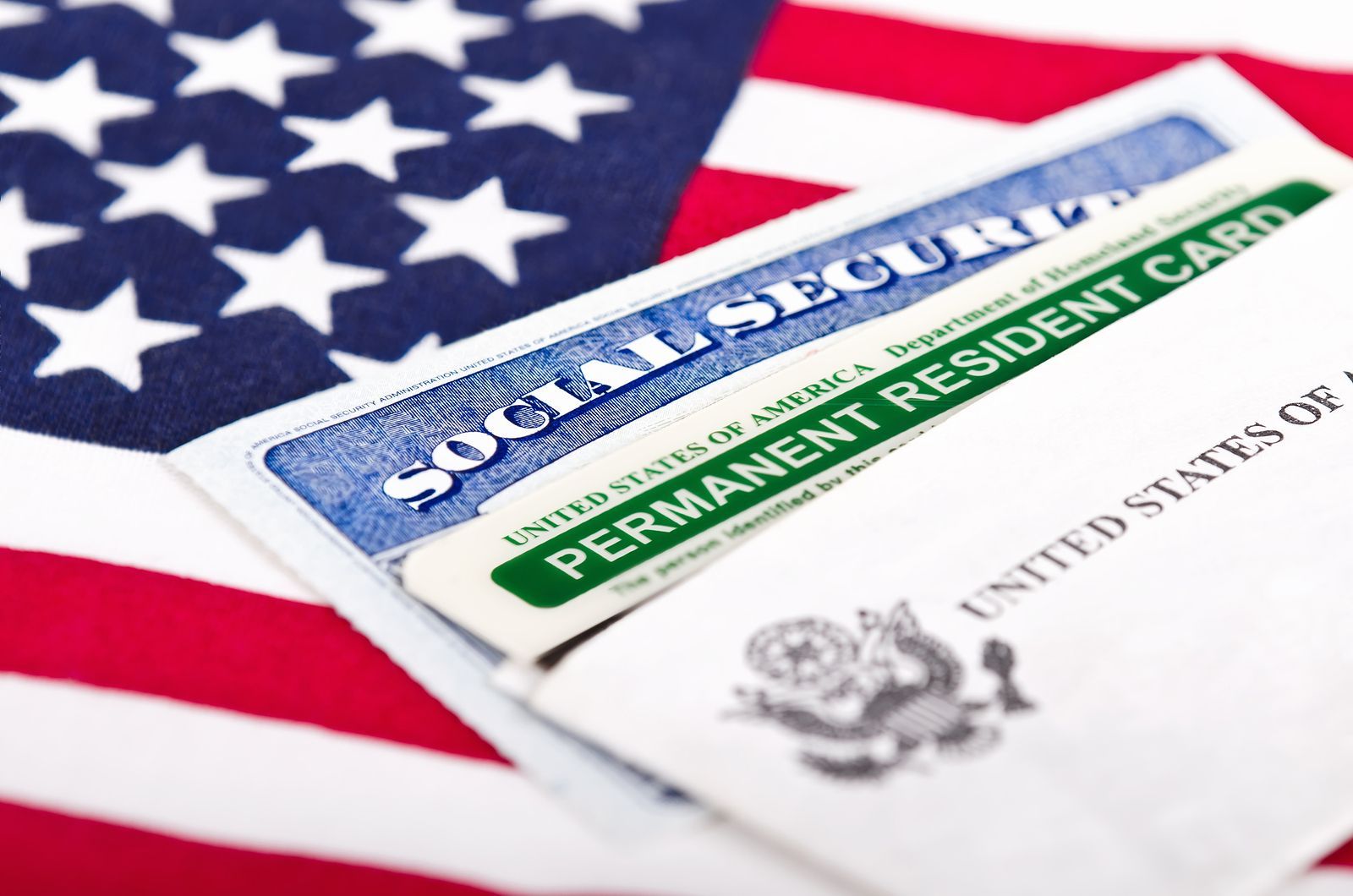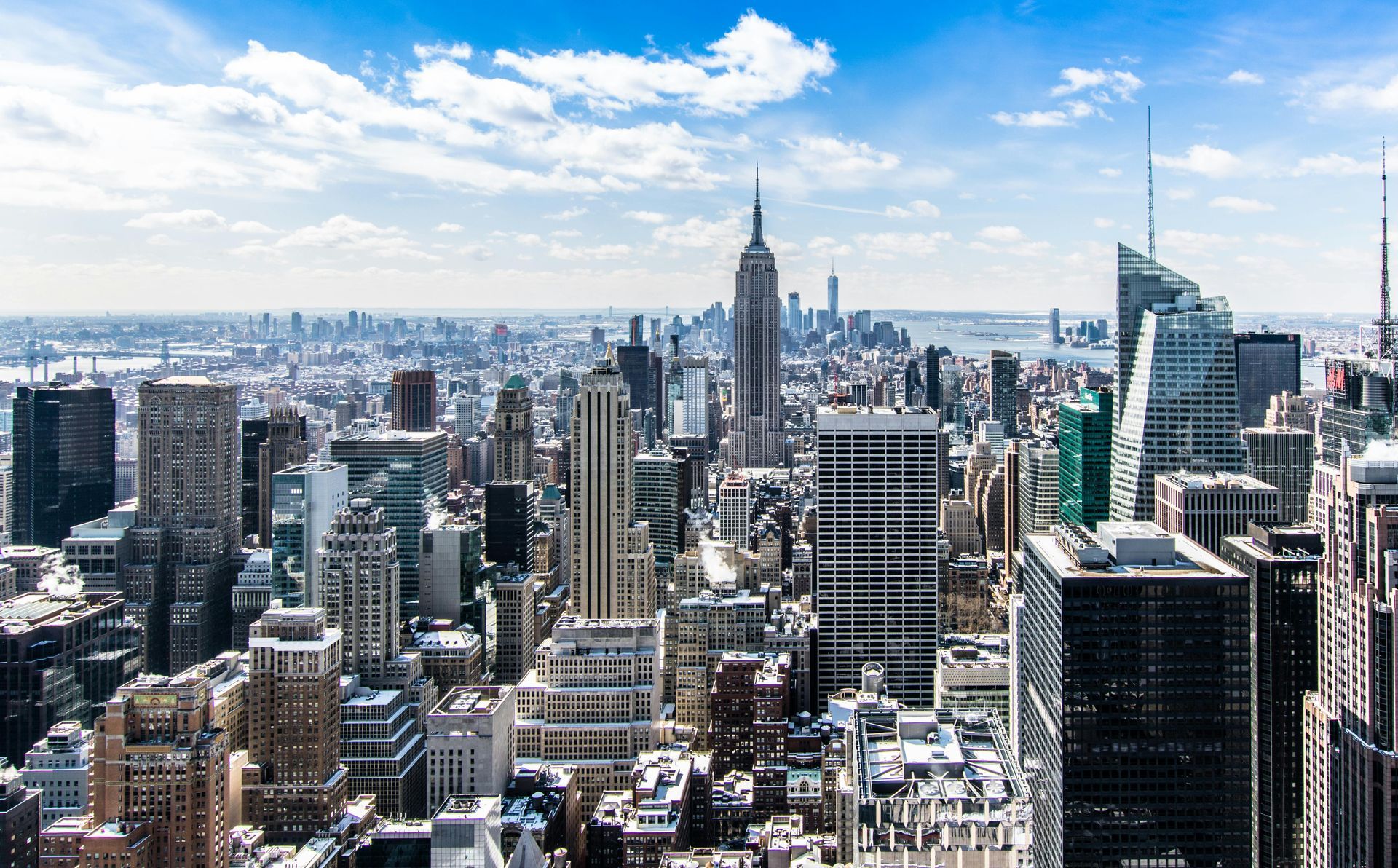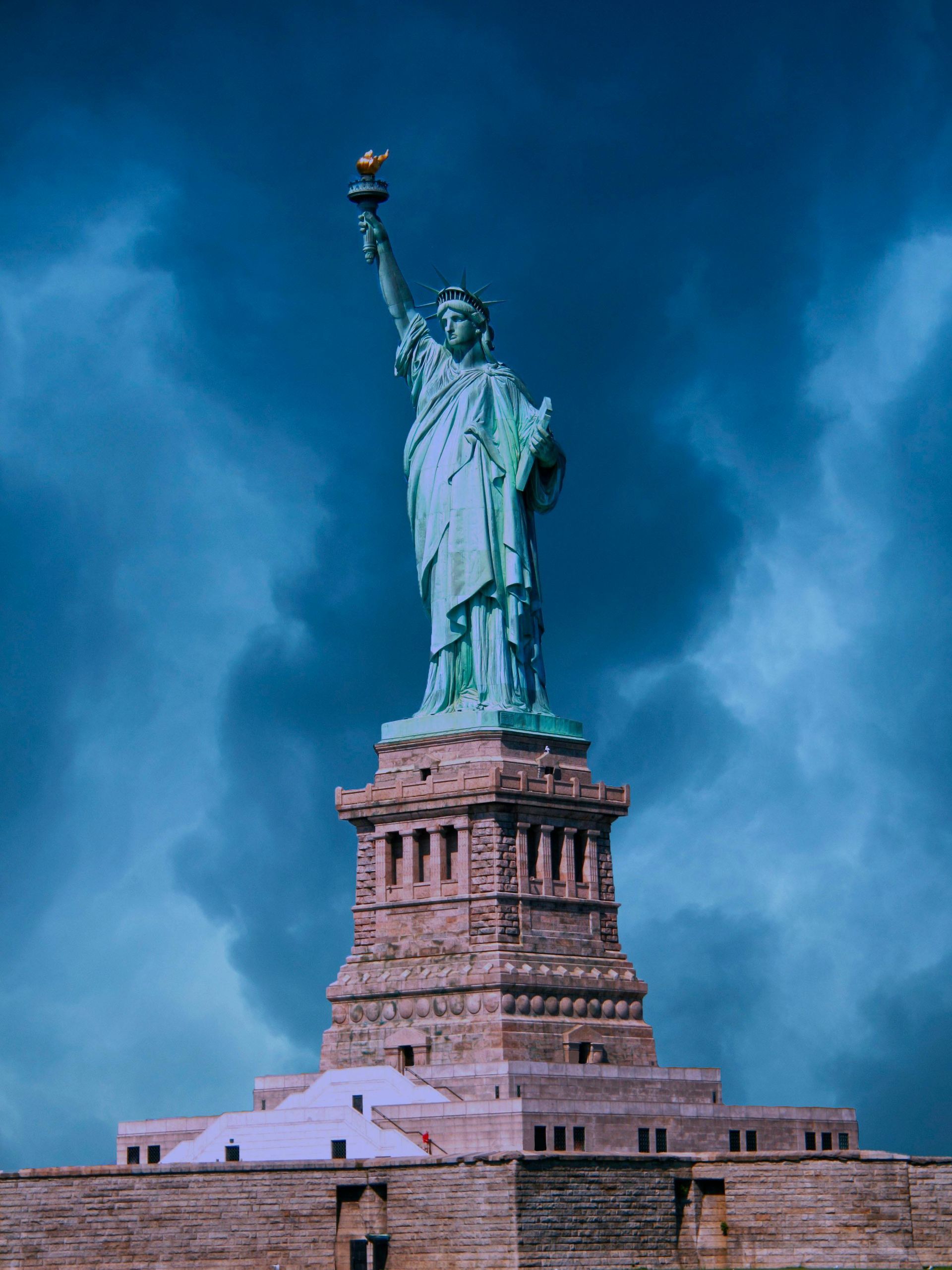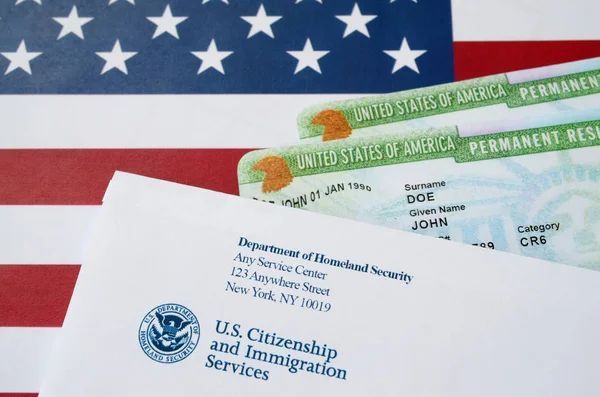🗣️ Fluent in English, Spanish & Portuguese 🌍
The H-1B Visa: A Gateway for Global Talent in Specialty Occupations
The H-1B Visa: A Gateway for Global Talent in Specialty Occupations
The H-1B visa serves as a crucial bridge for highly skilled professionals from across the globe, offering a unique opportunity to contribute their expertise to the U.S. workforce. This visa category encompasses a wide range of specialty occupations, from accountants and attorneys to software engineers and medical workers, and even extends to distinguished fashion models, showcasing the diversity of talent it attracts.
Understanding the H-1B Visa
The H-1B visa is designed for temporary nonimmigrant workers in fields that demand a high level of specialized knowledge, typically requiring at least a bachelor's degree or its foreign equivalent. Unique among work visas, it also accommodates distinguished fashion models, highlighting its broad scope.
The Distinction of H-1B Status
Holding an H-1B visa status is distinct from merely having the visa stamp in one's passport. The status confers the right to work in the U.S. in a specialized role, initially granted for up to three years and renewable in increments up to a total maximum of six years. For those seeking to extend their journey beyond this tenure, transitioning to an employment-based green card is a viable path.
Meeting the H-1B Requirements
To qualify for an H-1B visa, candidates must secure a job offer from a U.S. employer in a specialty occupation that matches their educational and professional background. The role must offer prevailing wages and meet the educational criteria, typically a U.S. bachelor's degree or equivalent. Selection in the H-1B visa lottery is a critical step for those subject to the annual cap, marking the beginning of their application journey.
Sponsorship: The Employer's Role
H1B sponsorship is a pivotal process that allows U.S. companies to bring foreign professionals to the United States for temporary work in specialty occupations. The responsibility of filing the H-1B visa petition with USCIS lies with the U.S. employer. Successful approval of the petition ushers in the employer's duty to ensure the H-1B employee is accorded the same job benefits as their counterparts, including bonuses, health benefits, and other employment perks, thereby maintaining equity within the workplace.
The Application Process: A Step-by-Step Overview
The application process for an H-1B visa involves meticulous preparation, starting with the employer filing a Labor Condition Application (LCA) with the Department of Labor (DOL) for certification. Following certification, the employer assembles an H-1B petition, including Form I-129, the certified LCA, and a comprehensive package of supporting documents, such as proof of the candidate's qualifications and details of the job offer.
For candidates outside the U.S. or those changing status, obtaining an H-1B visa stamp through consular processing is the next step. This involves completing Form DS-160, paying the visa application fee, and attending an interview at a U.S. consulate or embassy, armed with the necessary documentation, including the I-797 H-1B approval notice and a valid passport.
Extension and Renewal: Ensuring Continuity
For H-1B workers seeking to extend their stay beyond the initial authorization, the renewal process mirrors the initial application. Employers must initiate this process well in advance of the visa's expiration, filing a new I-129 petition with USCIS to extend the candidate's H-1B status, thereby ensuring uninterrupted employment in their specialty occupation.
As the landscape of work continues to evolve, the H-1B visa remains a pivotal pathway for professionals seeking to leverage their specialized skills on the global stage, embodying the spirit of collaboration and growth that defines the modern workforce.
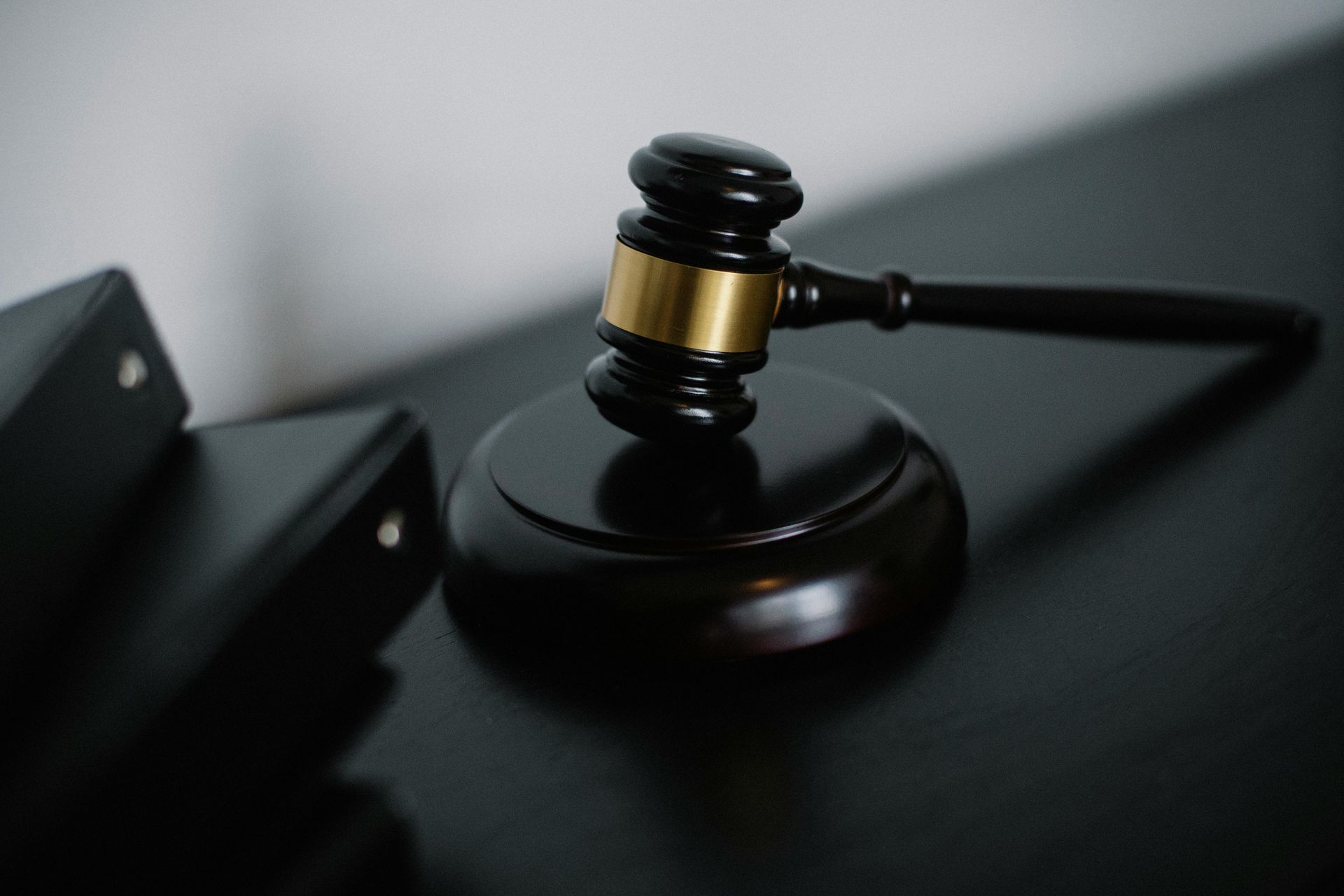
By Juan Torrico
•
January 16, 2025
Discover the latest updates on Temporary Protected Status (TPS) as new countries are added to the list, providing crucial support for individuals facing crises. Learn about eligibility, application processes, and the benefits of TPS to secure your future in the U.S.
CONTACT US
950 S. Winter Park Dr., Suite 207
Casselberry, FL 32707
PRACTICE AREAS


